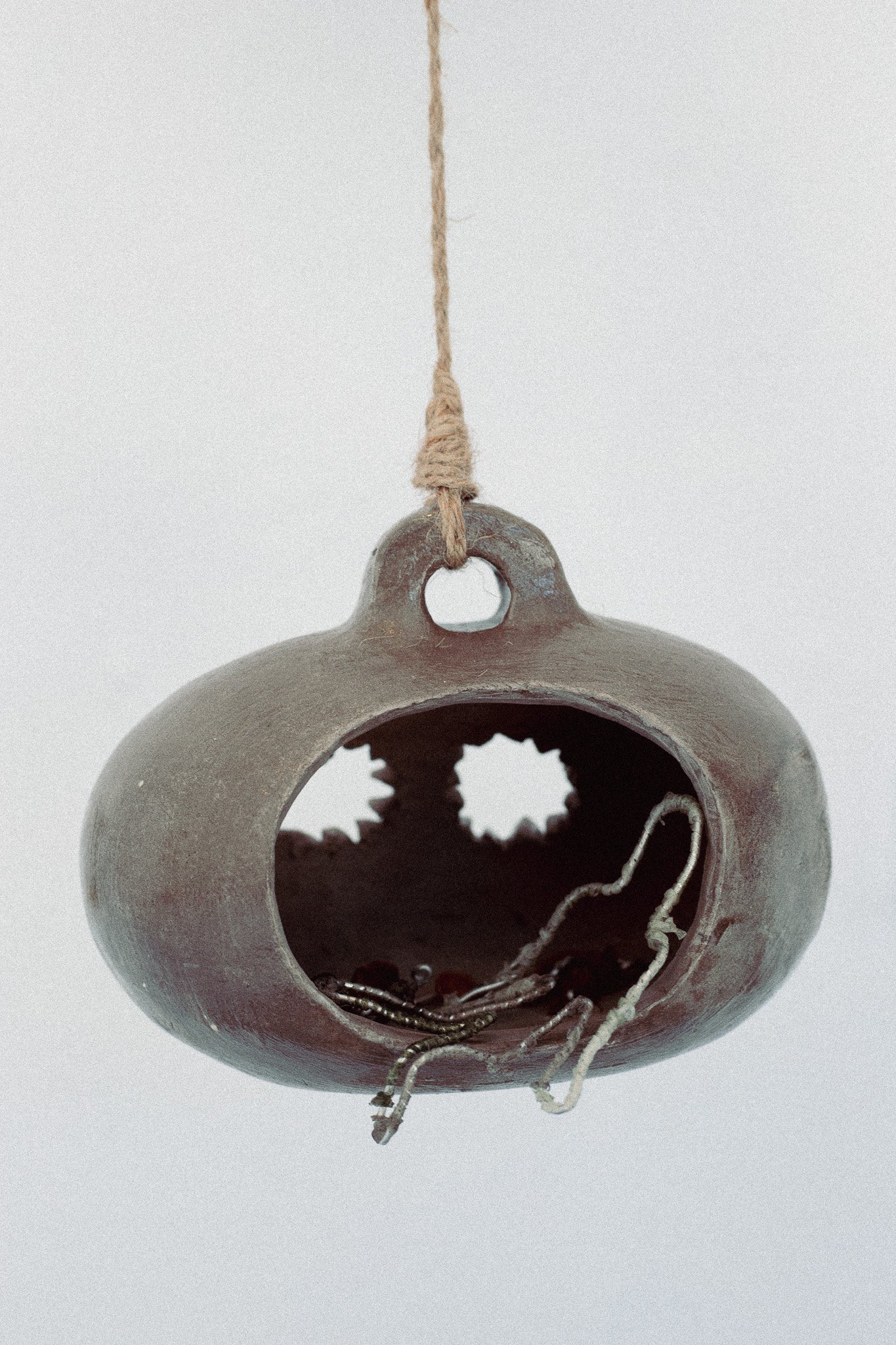Mission
At Whippersnapper Gallery we are committed to the underdog artist*. We provide emerging artists and cultural workers with a platform to expand the parameters of their practice and develop ethical, rigorous relationships with communities, particularly racialized, queer, disabled and working class people.
Our teeny tiny gallery is viewable by the public 24 hours a day through fully exposed street level windows. Whip is structured to encourage peer-to-peer mentorship and create innovative programming that catalyzes social transformation. We offer space to experiment and confront displacement in the ever-gentrifying urban core in which we are situated.
We are redefining the nature of artistic practice in Toronto and beyond.
We create a culture that is a catalyst for social transformation.
We believe learning and artistic development is for everyone with no prerequisites.
We aim to challenge the usual relationships artists have to galleries, as well as the relationships galleries usually have to their neighborhoods.
We are not a clique. We believe in the power of the collective.
The underdog does not survive in isolation.
Make a donation.
Whippersnapper is an non-profit artist-run gallery that features the newest and most exciting artistic voices in the city. Creating critical and experimental community-engaged programming, we are here to create a more equitable future for the arts in Canada.
History
December 2004: Whippersnapper Gallery, an artistic venture fueled by the creative passion of Luke Correia-Damude, Ryan Enn Hughes, and Patrick Struys, emerges onto the artistic landscape. United by their frustration over limited opportunities for young artists, they establish Whippersnapper Gallery.
2004-2005: For a duration of nine months, Whippersnapper Gallery finds its initial residence in a former 7000 square-foot print shop at 184 Front St. This space becomes a canvas for 75 young artists to showcase their talents, attracting an audience of over 2500 individuals.
July 2006: Whippersnapper Gallery relocates to a new site just west of Bathurst Street on College St. in Toronto’s bustling downtown core. This strategic move broadens the gallery's horizons, providing a platform for emerging artists from diverse disciplines such as performance arts, music, theater, and dance. It also transforms into a hub for discussions, conferences, and presentations.
2009: A significant breakthrough occurs as Whippersnapper Gallery secures its first art council funding. This newfound support enables the gallery to organize a notable project, Emergence 1 & 2, and remunerate artists according to CARFAC specifications.
2010: Whippersnapper Gallery receives operating funding from the Ontario Arts Council (OAC), prompting a move to its current location at 594B Dundas St. W. The transformation into an Artist Run Centre is marked by the inaugural show in September 2010, under the guidance of Co-Directors Joshua Barndt and Adrian DiLena.
2011: The gallery embarks on its first major community art project in Alexandra Park, a collaborative effort in partnership with Toronto Community Housing (TCH) and Arts Starts.
2012: Under new leadership with Maggie Flynn at the helm, Whippersnapper Gallery sees the addition of new members to the Board of Directors and the formation of the Working Collective, including Mohammad Rezaei and Laurie MacInroy.
2013: A stronger bond is forged with the surrounding Chinese community under the stewardship of Alvis Choi. The gallery initiates community partnerships with Concrete Roses and Alexandra Park Community Centre, overseen by Monica Gutierrez, Anneka Lynch, and Danilo McCallum.
2014: Maggie Flynn and Mohammad Rezaei take on the roles of co-directors, introducing innovative programs such as Sidewalk Screening and PEERS to elevate emerging artists.
2016: A structural transformation unfolds within the gallery, appointing Joshua Vettivelu as Director of Programming and Maggie Flynn as Executive Director. Anique Jordan assumes the role of the new Executive Director, placing the PEERS program at the forefront, focusing on educational engagements with the sector while remaining devoted to emerging artists.
2018: A significant development takes place as the Black Artist Union (BAU) takes over a section of the gallery space with support from the Ontario Trillium Foundation's Youth Opportunities Fund. Alicia Hall manages this project as Program Manager, pioneering an incubator model.
2020: The BAU incubator project concludes, and raven lam commences research supported by the HORIZON Project. lam endeavors to collate ideas from various collectives, exploring models to maximize Whippersnapper’s extensive history, valuable partnerships, and limited space capacity.
2021: A new chapter begins with the appointment of Marina Fathalla as Director of Programming. Working alongside lam, their mission is to continue supporting emerging artists and underscore the strength of working in a small, collaborative capacity.
Staff
-
Director of ProgrammingMarina Fathalla (she/her) is a multidisciplinary artist, educator, programmer and access worker. She grew up in the suburbs alongside the Credit River on the unceded ancestral territories of the Haudenosaunee, Attiwonderonk, Anishinaabeg and the Mississaugas of the Credit First Nation. A process of piecing together archives, colonial legacies of place as seen in architecture(s), flowers, plants and mental health filter through all aspects of her work. She centers collaboration and art education that supports youth, community and artists working at the margins of institutions. She’s on the board of the Coptic Museum, is a collective member of MICE Magazine, and has worked with Regent Park Film Festival on the Home Made Visible project (2019). Her work has shown at Hearth Garage, Trinity Square Video, the City of Mississauga, Xpace Cultural Centre and Whippersnapper Gallery.
-
Executive Directorraven Lam (she/they) is a curious creature working in the arts exploring aliveness, deadness and dreaming in Toronto, Canada. She is a psychotherapist in training at the Centre for Training in Psychotherapy. She holds two leadership positions as the general manager at VIBE Arts, a youth arts education charity, and the executive director at Whippersnapper Gallery, an experimental artist run space for emerging creators and thinkers.
Board of Directors














